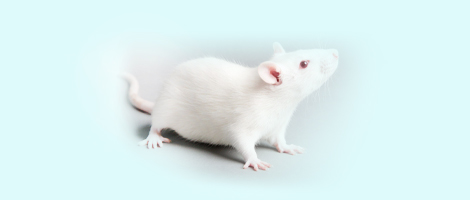[1] Hollstein M, Rice K, Greenblatt MS, et al.Database of p53 gene somatic mutations in human tumors and cell lines[J]. Nucleic Acid Res, 1994, 22(17):3551-3555.
[2] Donehower LA, Lozano G.20 years studying p53 functions in genetically engineered mice[J]. Nat Rev Cancer, 2009, 9(11):831-841.
[3] 宋征, 徐景宏, 王庆利, 等. 转基因小鼠在药物致癌性评价中的应用[J]. 中国药理学与毒理学杂志, 2010, 24(6):557-561.
[4] 杨建岭, 顾淑萍, 陈臣, 等. 用RED/ET重组酶构建基因打靶载体[J].生物工程学报, 2006, 22(6):919-924.
[5] 孙莲花, 陈燕, 麻孙恺, 等. TAFA2基因剔除小鼠模型的建立[J]. 实验动物与比较医学, 2010, 30(5):322-328.
[6] Donehower LA,Harvey M, Slagle BL, et al.Mice deficient for p53 are developmentally normal but susceptible to spontaneous tumours[J]. Nature, 1992, 356(6366):215-221.
[7] Jacks T, Remington L, Williams BO, et al.Tumor spectrum analysis in p53-mutant mice[J]. Curr Biol, 1994, 4(1):1-7.
[8] Tsukada T, Tomooka Y, Takai S, et al.Enhanced proliferative potential in culture of cells from p53-deficient mice[J].Oncogene, 1993, 8(12):3313-3322.
[9] Kuperwasser C, Hurlbut GD, Kittrell FS, et al.Development of spontaneous mammary tumors in BALB/c p53 heterozygous mice. A model for Li-Fraumeni syndrome[J]. Am J Pathol, 2000, 157(6):2151-2159.
[10] Harvey M, McArthur MJ, Montgomery CA Jr, et al.Genetic background alters spectrum of tumors that develop in p53-deficient mice[J]. FASEB J, 1993, 7(10):938-943.
[11] Morton D, Bailey KL, Stout CL,et al.N-Methyl-N-Nitrosourea (MNU): A positive control chemical for p53+/- mouse carcinogenicity studies[J].Toxicol Pathol, 2008, 36(7):926-931.
[12] Floyd E, Mann P, Long G, et al.The Trp53 hemizygous mouse in pharmaceutical development: points to consider for pathologists[J]. Toxicol Pathol, 2002, 30(1):147-156.
[13] Hoivik DJ, Allen JS, Wall HG, et al.Studies evaluating the utility of N-methyl-N-nitrosourea as a positive control in carcinogenicity studies in the p53+/- mouse[J]. Intl J Toxicol,2005, 24(5):349-356. |






